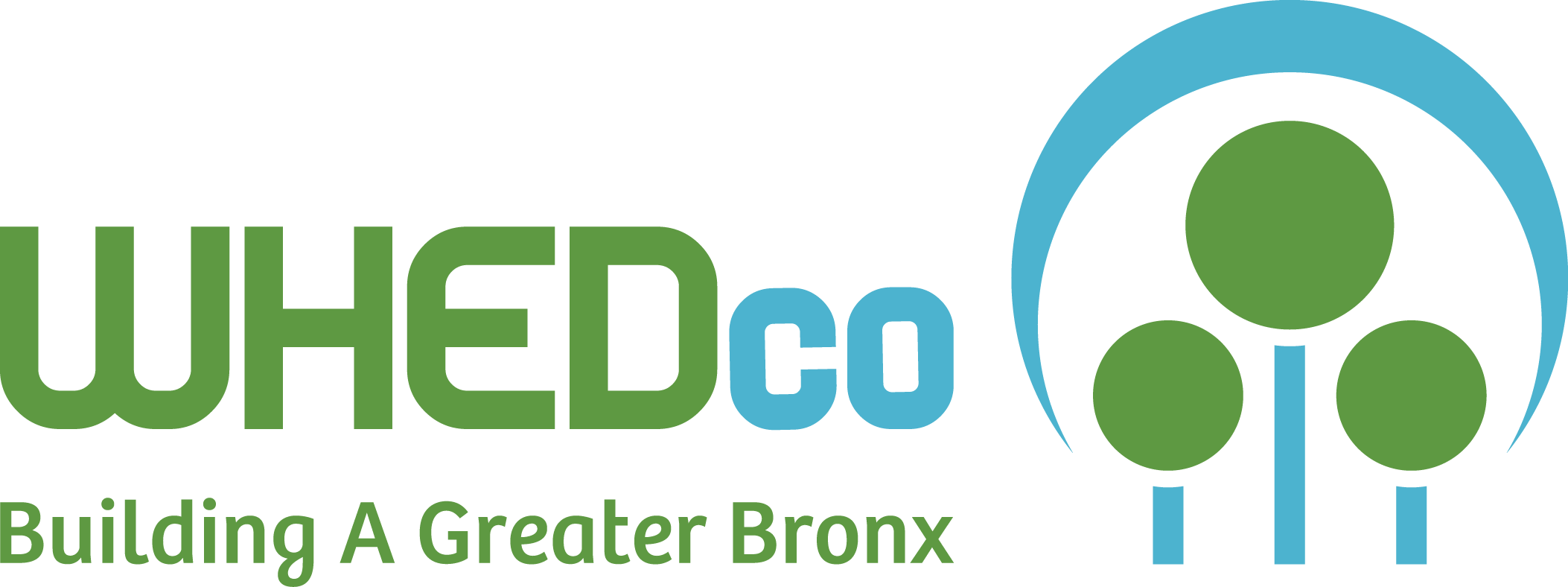The excitement surrounding New York’s new cannabis industry is at a fever pitch. The first licensed dispensaries are finally opening. For the first time ever, adults aged 21 and older can legally purchase cannabis in New York for recreational use. And the first retail licenses are going to New Yorkers who paid dearly in criminal convictions for past marijuana offenses, bringing a measure of justice and economic opportunity to Black and Brown communities.
But amid these triumphs, an alarming trend is playing out before our eyes. Educators report that cannabis use is on a sharp rise among New York City middle and high school students who are at an age when their still-developing brains are susceptible to long-term harm.
Sadly, a lack of foresight about the ramifications of legal cannabis is partly to blame, and state and local leaders must do more to fix it.
Decriminalization has emboldened unlicensed retailers to sell cannabis illegally, vastly expanding access for underage New Yorkers. Some 1,400 illegal smoke shops are in operation across the city. Many have signage with cartoon imagery and sell cannabis packaged with colorful branding that appeals to kids. Teens in the Bronx after-school programs operated by my nonprofit organization, WHEDco, know which shops in their neighborhoods sell cannabis to minors.
While Mayor Adams’ task force has ramped up inspections, summonses, and seizures of illegal products, it must be empowered to act faster, along with the crackdown effort by Manhattan District Attorney Alvin Bragg. New state legislation in the works that would strengthen enforcement and make it easier for authorities to close these illegal shops would be an important step.
Meanwhile, enthusiasm for the new industry has contributed to the prevailing — but false — notion that cannabis carries no health risks. Studies have shown that use of the drug is associated with reduced cognitive function in teens, with one study finding that teens who regularly use it lose an average of 5.8 IQ points by the time they are adults.
And the danger today is far greater than it once was. Thirty years ago, the average concentration of THC, cannabis’ psychoactive ingredient, was about 4%. That number is at least four times higher now, and some cannabis manufacturers are making products with THC levels that exceed 95%. Any cannabis product with 10% or more THC is considered high-potency, with increased risk of causing the user to experience psychosis, anxiety, depression, and addiction.
As a career-long educator in the South Bronx, I have seen young people’s lives derailed by cannabis. The impacts are insidious in low-income Black and Brown communities where families lack the resources and safety nets that give youth in other communities more opportunities to recover from mistakes. So, when momentum for cannabis legalization was building several years ago, we took action to protect our kids.
At WHEDco’s after-school program at P.S./I.S. 218 Rafael Hernandez Dual Language Magnet School, we launched a new drug education curriculum with a focus on cannabis that arms students with facts they need to make informed, healthy decisions. Soon, we will start a related initiative for parents, in partnership with medical professionals and experts.
Eventually, youth education about cannabis will no longer be limited to smaller scale programs like ours. Twenty percent of tax revenues from cannabis sales are slated to go to the state’s “Drug Treatment and Public Education Fund” for various purposes, including “a youth-focused public health education and prevention campaign.” While such investments are welcome, they should have started years ago. Additionally, it’s critical that substance abuse counseling staffing levels at city schools be restored after having been nearly cut in half over the past 15 years.
All students in our city should have the facts about how cannabis can affect their health and development, especially since they have more ways to access it than ever before.
Russell is president of WHEDco, a Bronx-based community development nonprofit organization.
